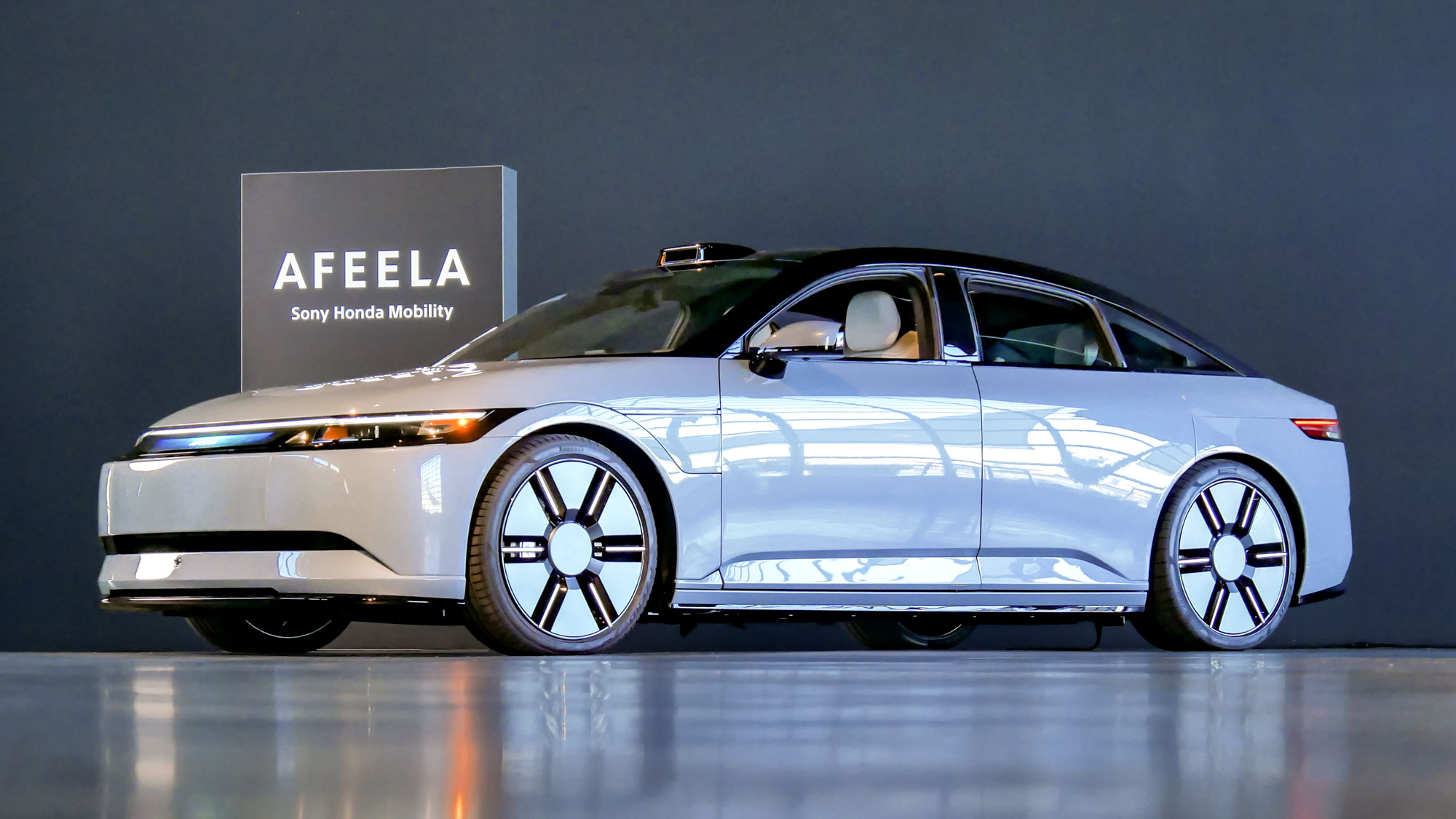
Fully automated cars are nothing new, but autonomy is one of the core pillars of the joint Sony Honda Mobility venture in the Afeela. This otherworldly-looking EV is coming soon, with preorders set for 2025 and delivery in 2026. It’ll be here before we know it, but after sitting in one, I’m not sure if I’m ready to let an EV drive entirely for me.
I’ve tested more than 20 different electric vehicles this year, but I’m not convinced that the tech to offer fully autonomous driving is there yet. Yet, the Afeela is a totally different breed, down to its ostentatious interior space and minimalist design.
Don’t get me wrong, the kid in me is dying for the chance at playing some of my favorite PlayStation games while in the passenger seat, but I’m not sure that I’m ready to get behind the wheel of an EV that can drive me around — mainly because of my experience of current smart cruise control systems found in the best electric cars.
I feel apprehensive just thinking about the prospect of a vehicle driving on its own without any intervention on my part. Here’s why.
Current self-driving modes aren’t perfect

You only need to look at what the market leader is doing when it comes to what a consumer-ready EV offers when it comes to a self-driving mode. Tesla’s "Full Self-Driving" mode (FSD for short) offers conveniences such as following a route on a navigation system, responding to traffic lights and signs and automatically parking in spaces; it can even be summoned from a parking garage.
However, FSD doesn’t appear to be a perfect system. After a series of fatal crashes that involve FSD, the NHTSA has opened an investigation into Tesla’s automated driving mode. My brother, who has used this feature in his Model 3, tells me that it’s great to have if you’re willing to pay for it, but even he was nervous whenever his Model 3 was coming out of a highway onto an exit.
It’s technically classified as a Level 2 driver-assistance system, but the Afeela is taking it one step further by hopefully achieving a goal of Level 3 and Level 2+ autonomy — meaning it can drive the car on its own, but the driver is still the backup in case the system fails.
Even though Sony Honda Mobility doesn’t share the details on how it’s going to do this, I’m told that the LiDAR array system on top of the roof plays a critical role. I also notice more sensors and cameras around the side mirrors, which I suspect would provide the Afeela more data to make all the proper driving judgments.
It’s going to take more than just cameras and LiDAR
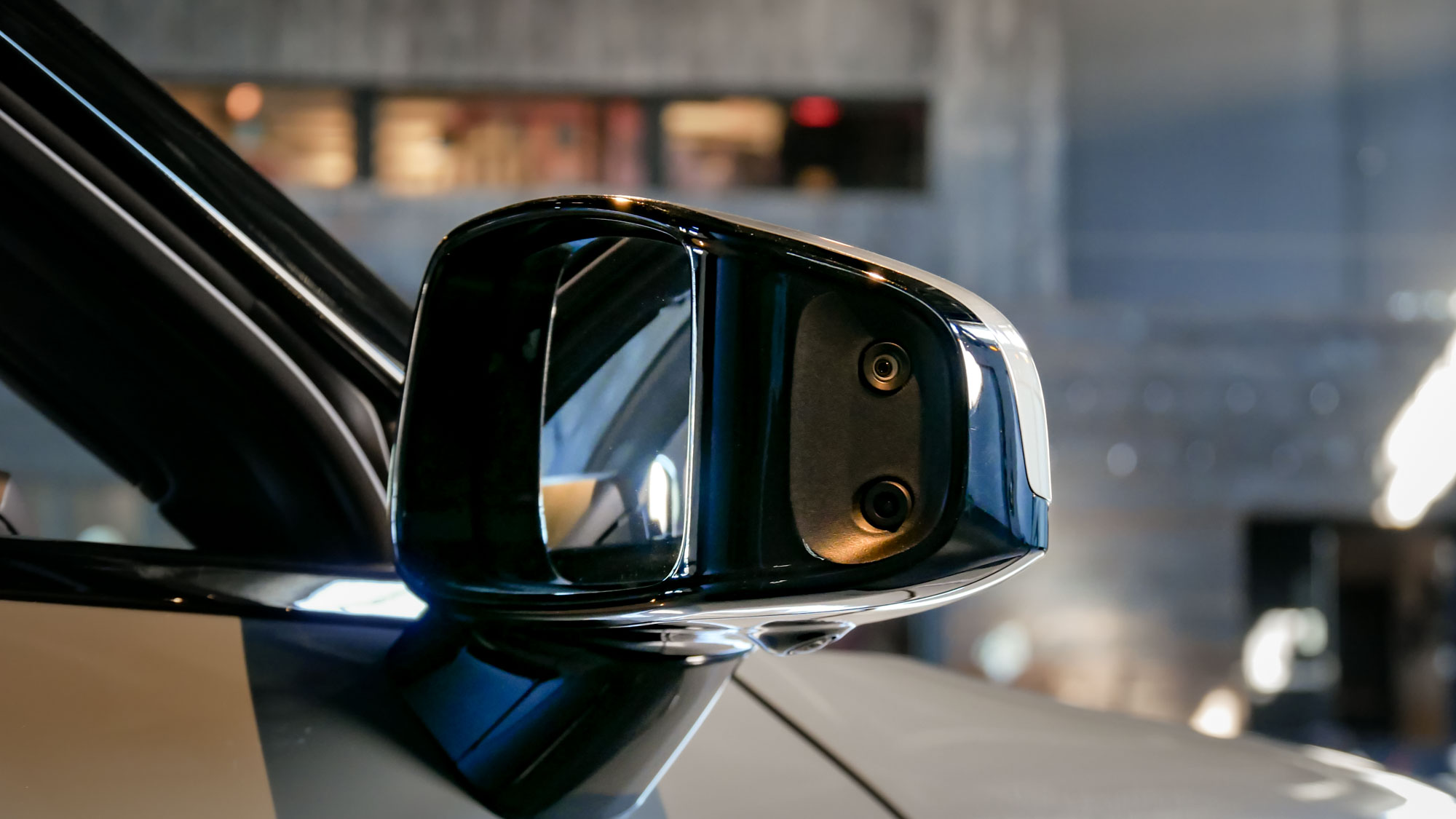
I know that LiDAR is used in other gadgets with great effect, like how the best robot vacuums guide themselves inside homes by scanning their surroundings with LiDAR and creating visual maps. There are also robot lawn mowers that leverage LiDAR to help them navigate lawns with precision.
While this would be one step better than just relying on visuals from standard cameras around an electric car, I’m more curious if the Afeela will have the ability to measure elevation changes in front of it. That’s because I find most smart cruise control systems are too reactive, much like how they can sometimes apply a heavy acceleration while in the middle of an incline — or how they have trouble with merging.
I still have so many questions about how the Afeela can safely navigate the road ahead of it. For example, I’m curious if all the cameras placed throughout the vehicle could somehow act as a photogrammetry system that could overlap images from all these cameras to create a ‘3D map’ of the road. Or perhaps there’s a GNSS (Global Navigation Satellite System) receiver that could work with these sensors and cameras in the Afeela to anticipate topographical changes to better adjust its driving?
It’s luxury like no other
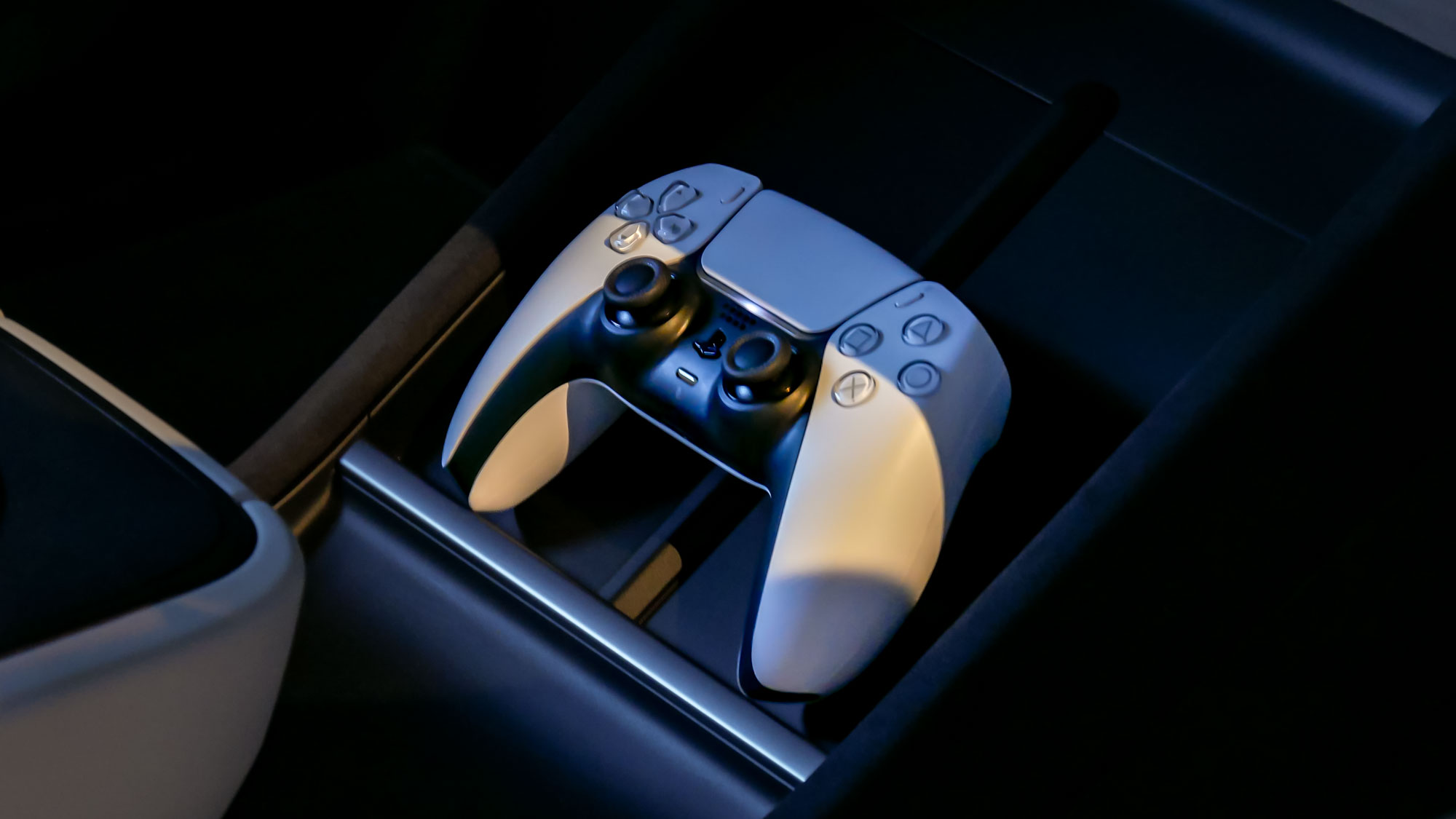
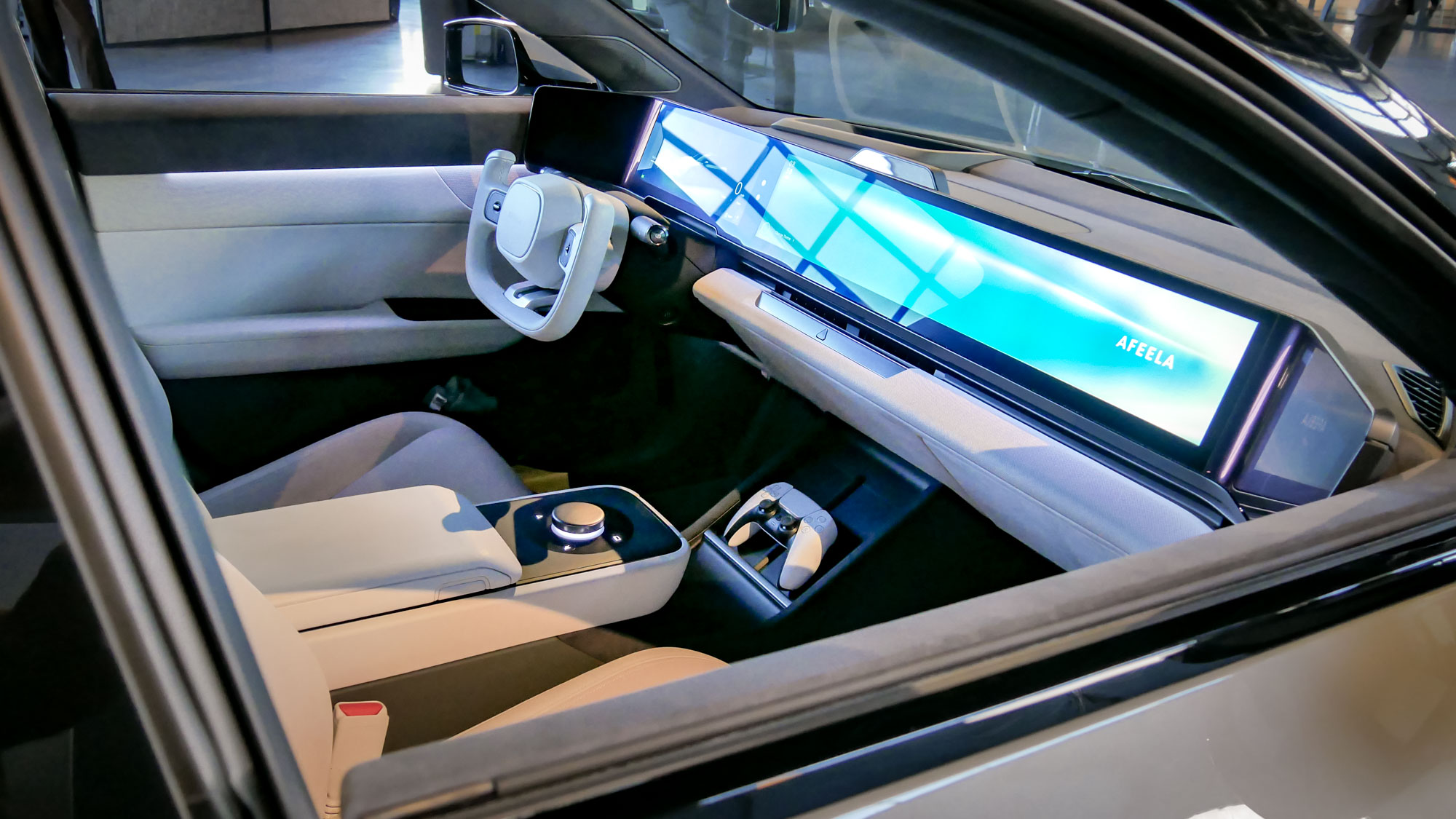
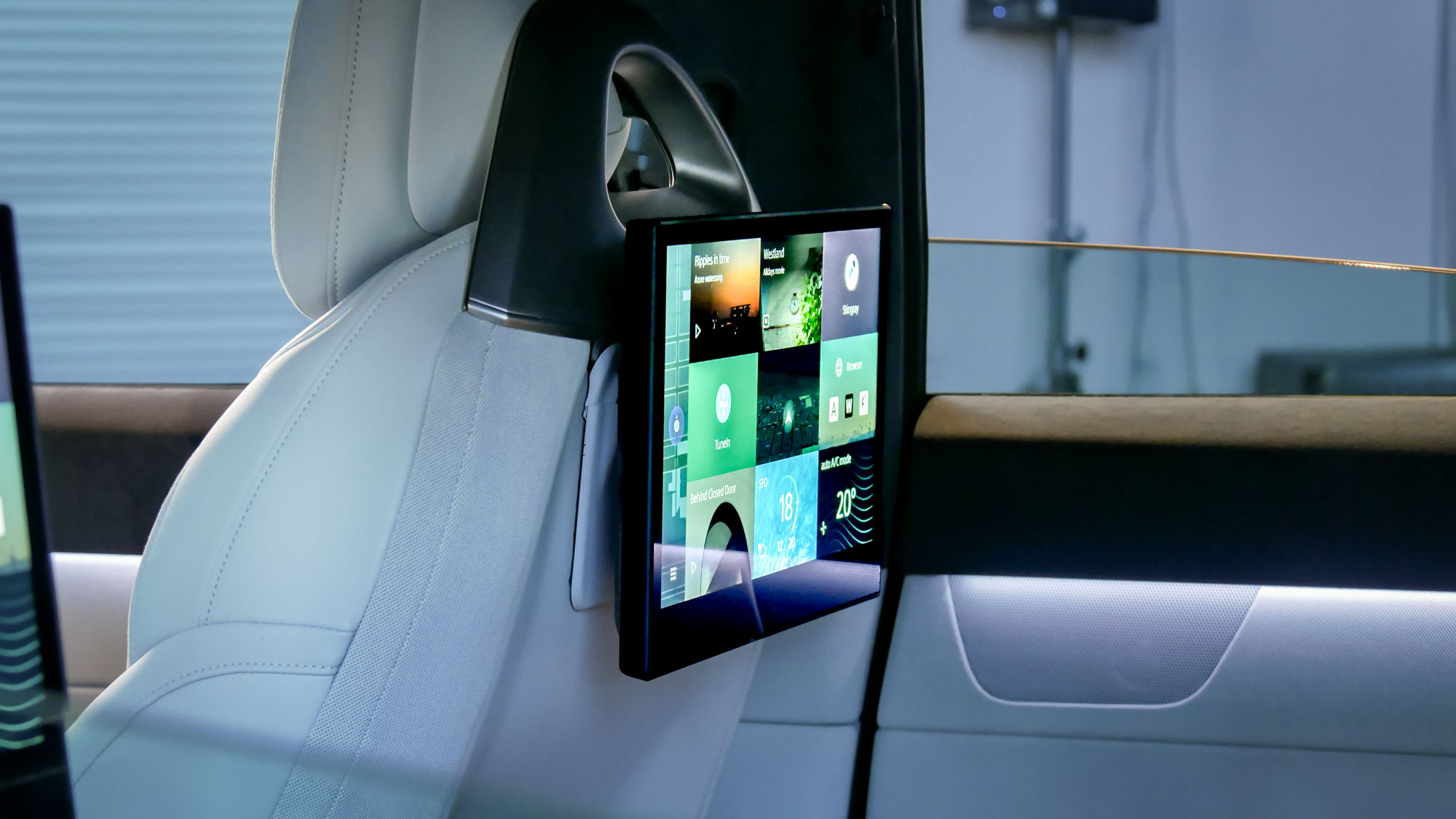
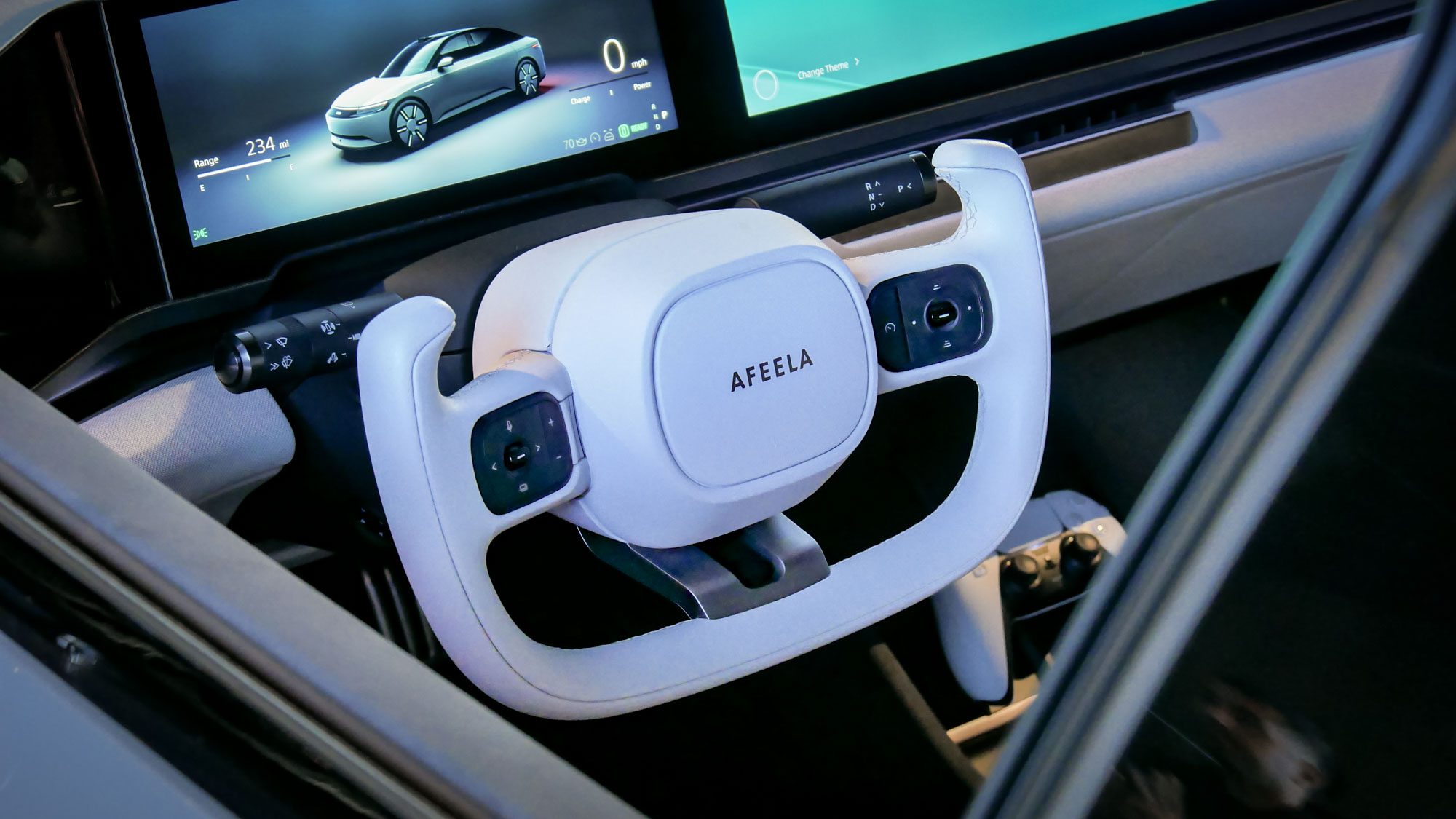
On one hand, any self-driving car would be a luxury — but I’m also eager to know how the Afeela will approach this. I expect this to be a standard feature in the Afeela, so I wouldn’t be in total shock if the car cost more than $80,000.
Most of the luxury EVs I’ve tested this year on average start at about $70,000, which makes me wonder if this self-driving mode would be unlocked forever or accessed through a subscription similar to what Tesla offers with FUD.
Beyond this prospect of the Afeela driving for me, I’m amused by the other luxuries it offers over competing EVs. Take the front of the car as an example — it features a sprawling media bar that changes colors and can display messages.
There’s also the panoramic touchscreen display on the dashboard, which not only lets the passenger play games through PS Remote Play, but I’m told that the portion of the display will be blocked somehow to prevent the driver from looking at it.
For the rear passengers, they’ll have access to touchscreen displays strapped into the back of the seats, although, I’m told that this may change with the final production models. Likewise, I noticed a nook in front of the driver’s dashboard that appears to me as a placement for a head-up display — but again I’m told that those specifics will be made known at a later time.
More lingering questions
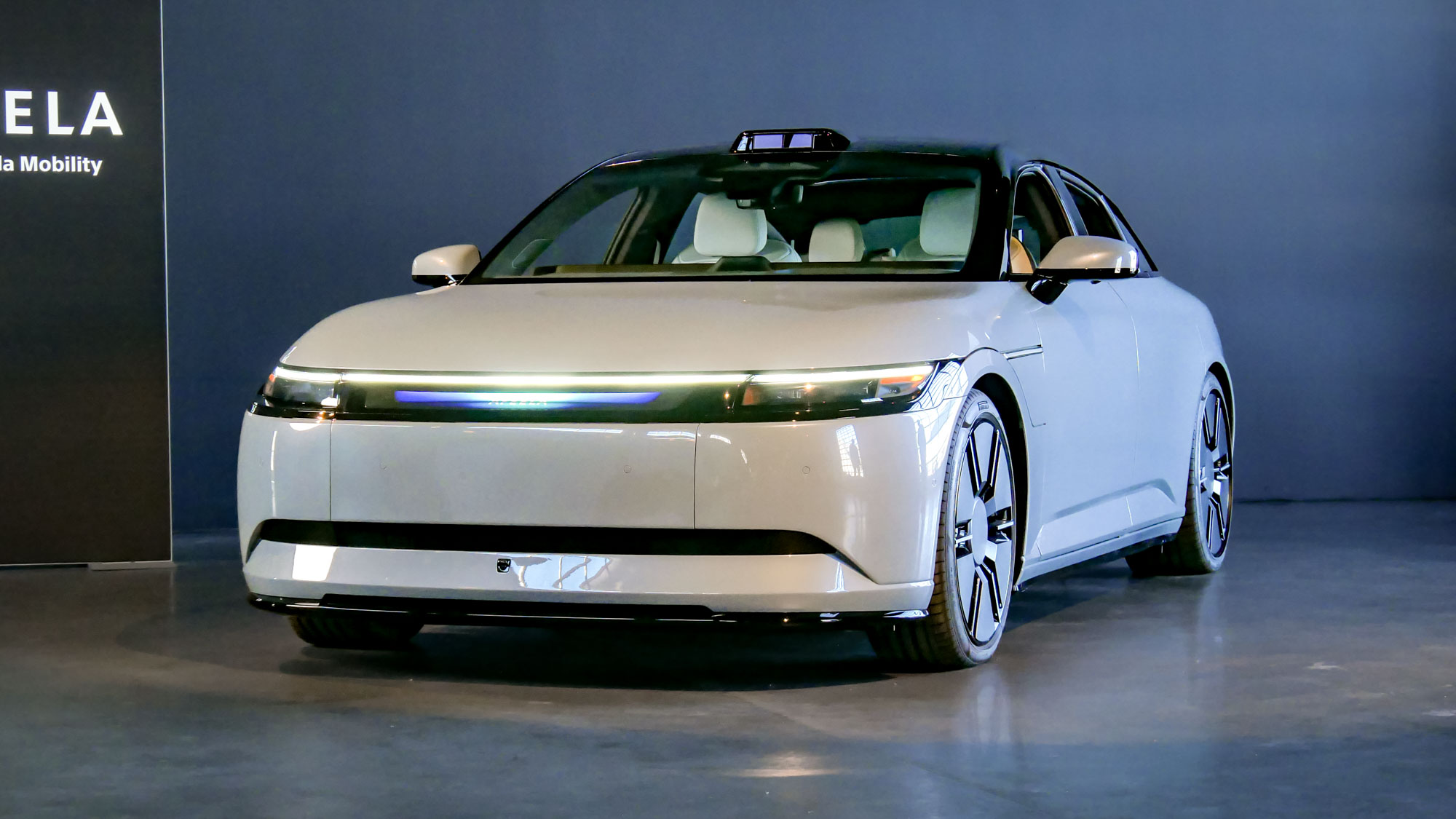
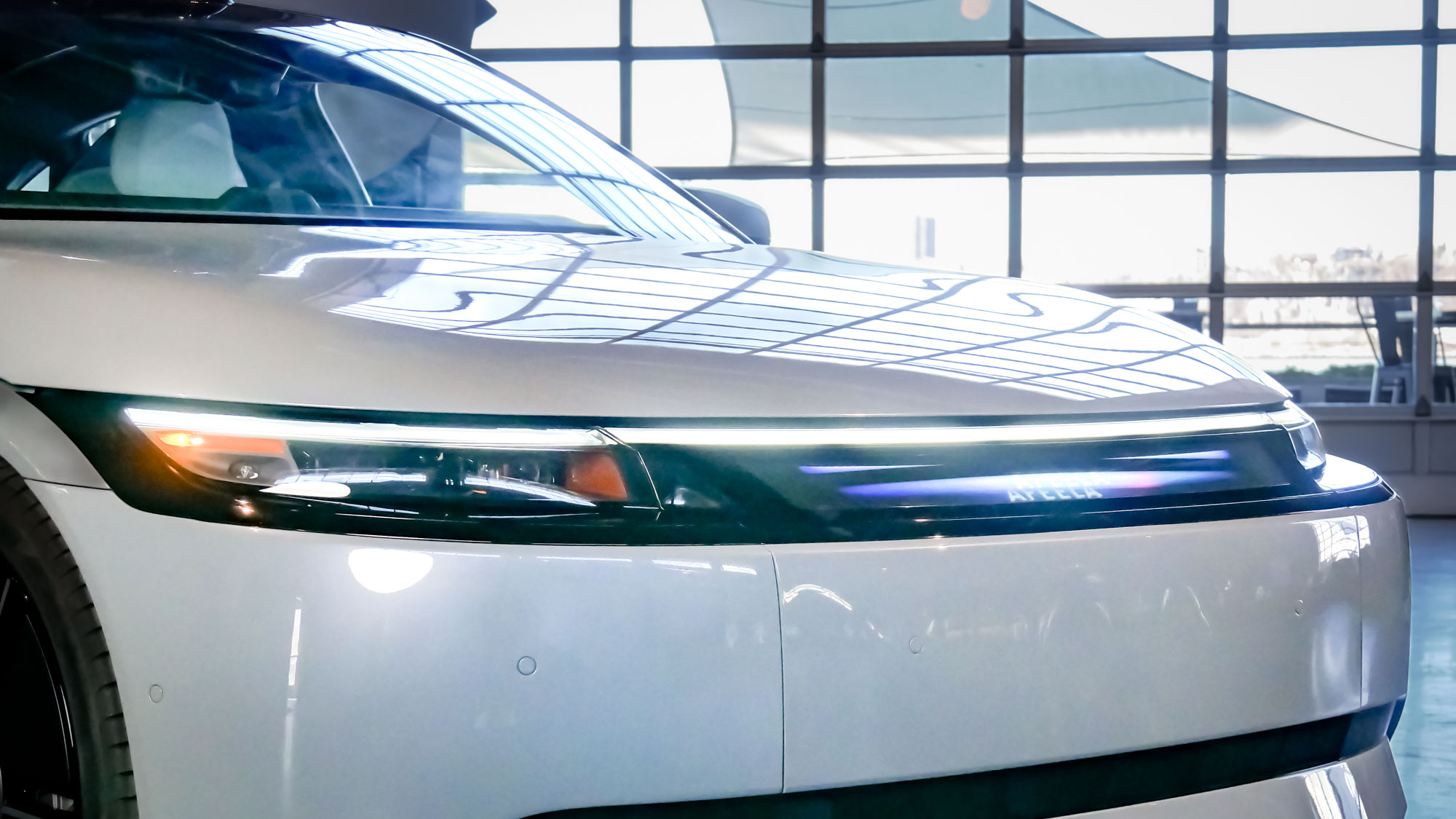
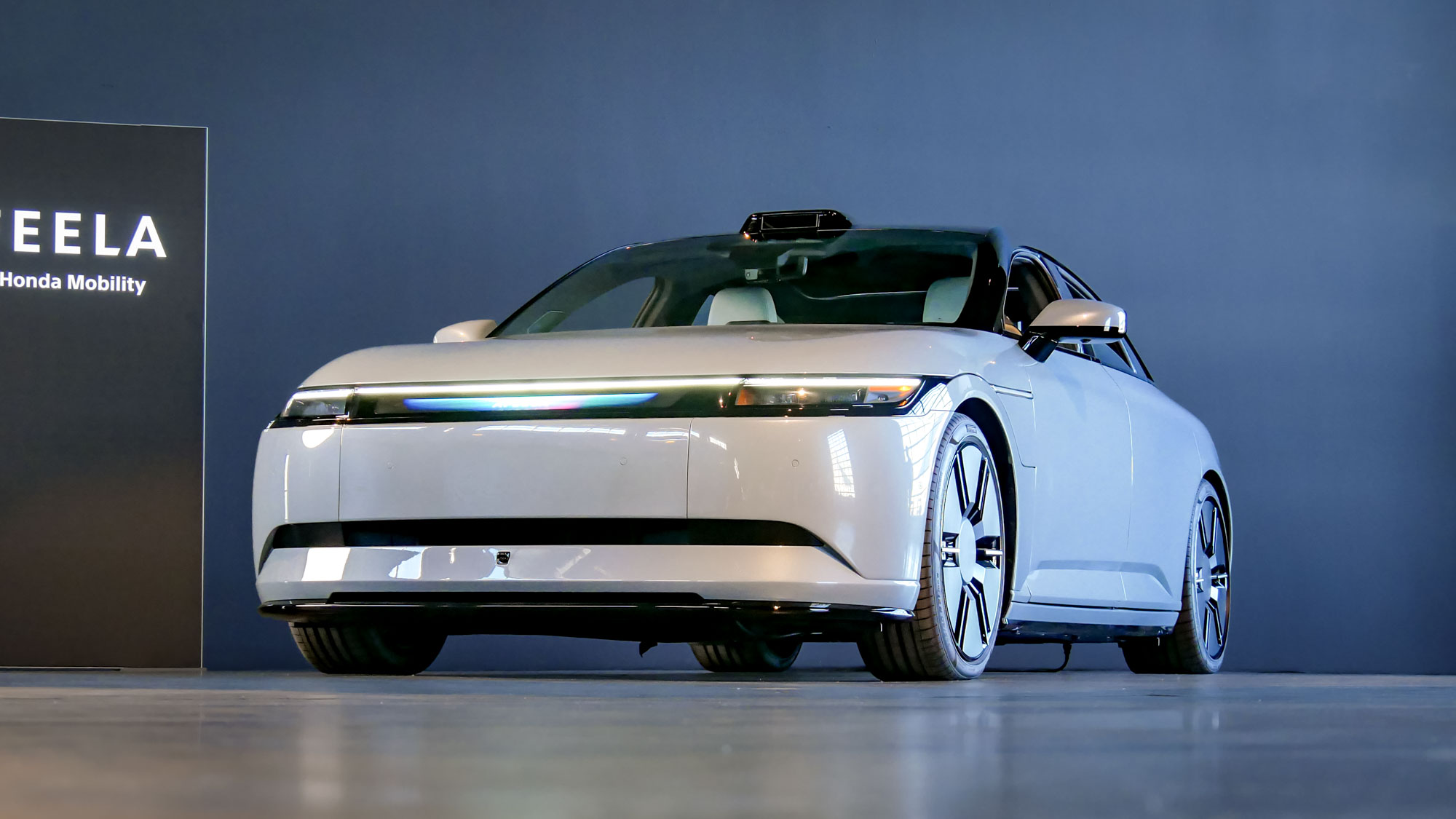
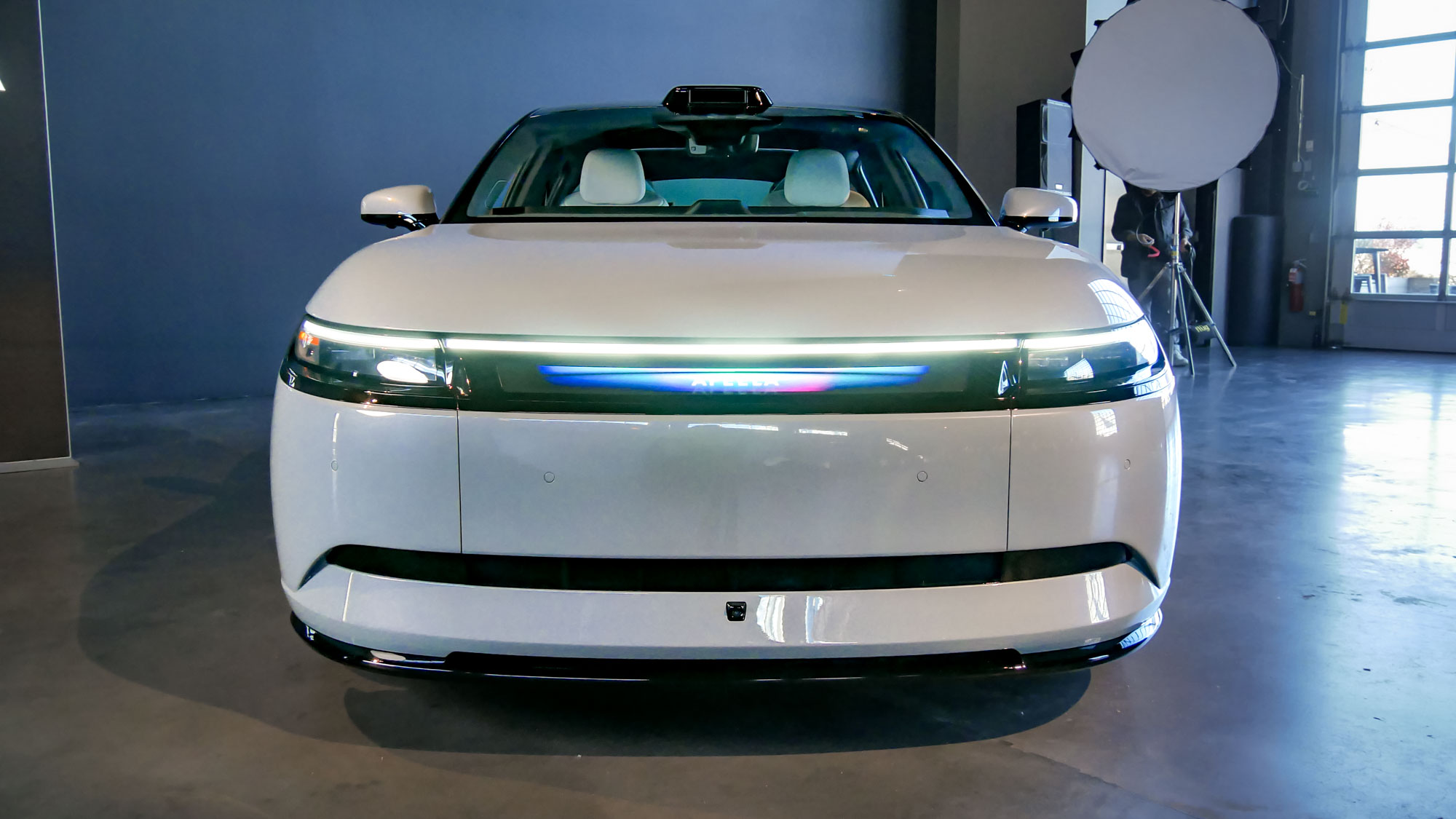
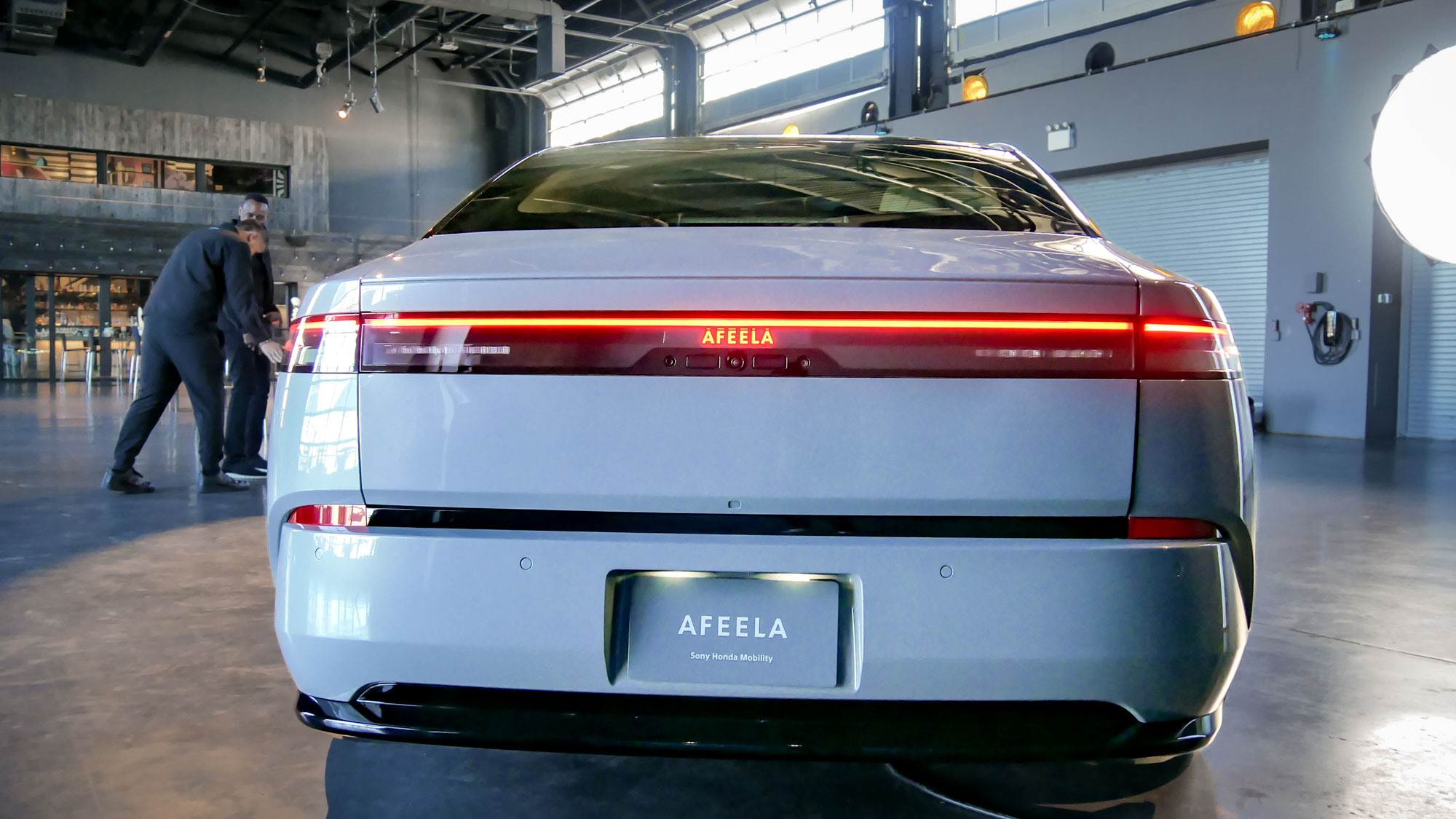
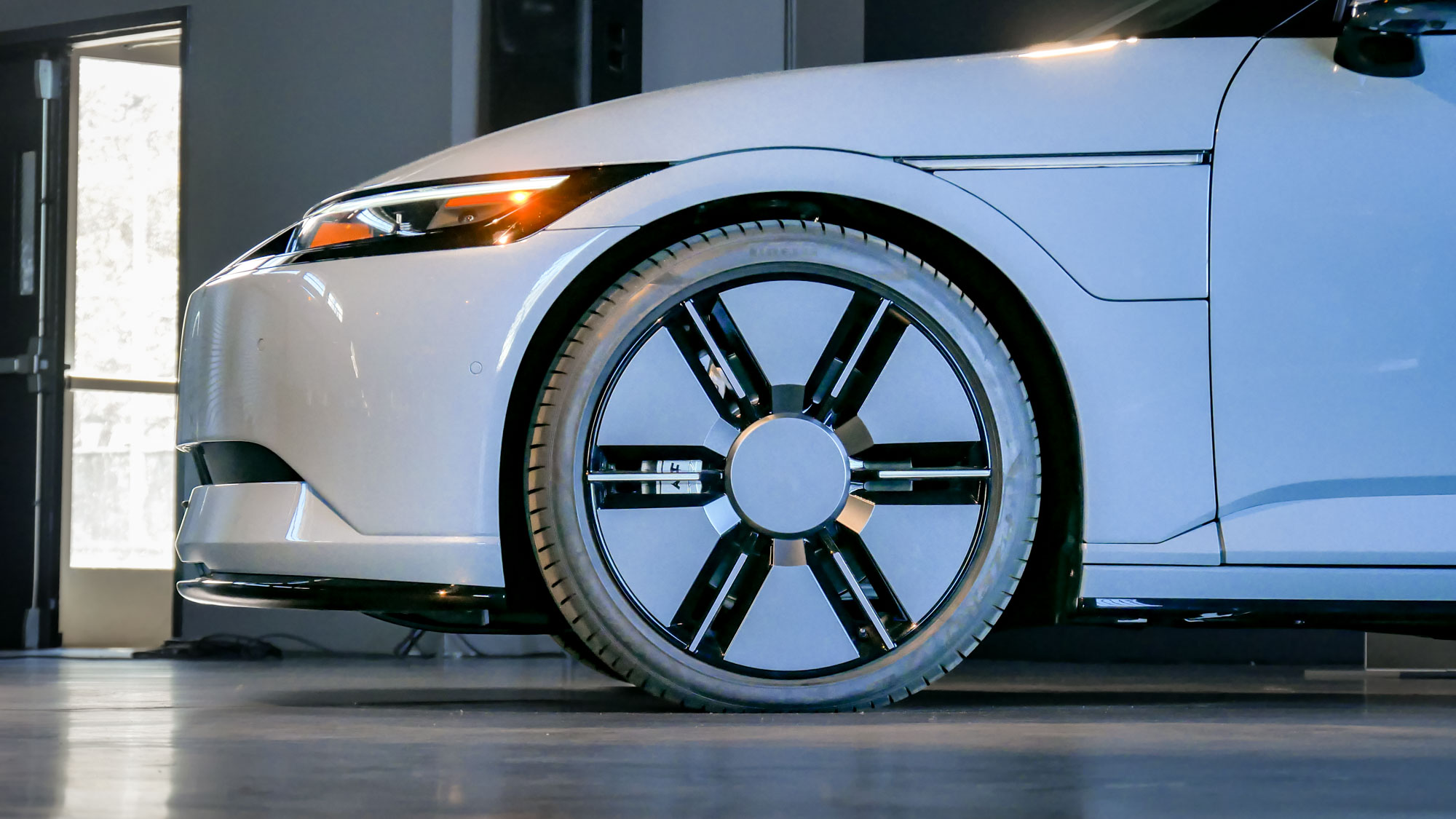
The Afeela has been trying to make a name for itself for years now, but even though we’re closer now to a final production model than ever before, I have even more questions after sitting inside one. I might be keen on letting it drive for me on some local roads, but I’m not sure if I’d be willing to give it complete control with highway driving or when there’s a lot of traffic.
Hopefully the company will calm my concerns by detailing more about how the Afeela will achieve autonomous driving, which could happen as early as next year because a press conference is taking place ahead of CES 2025 in January.







